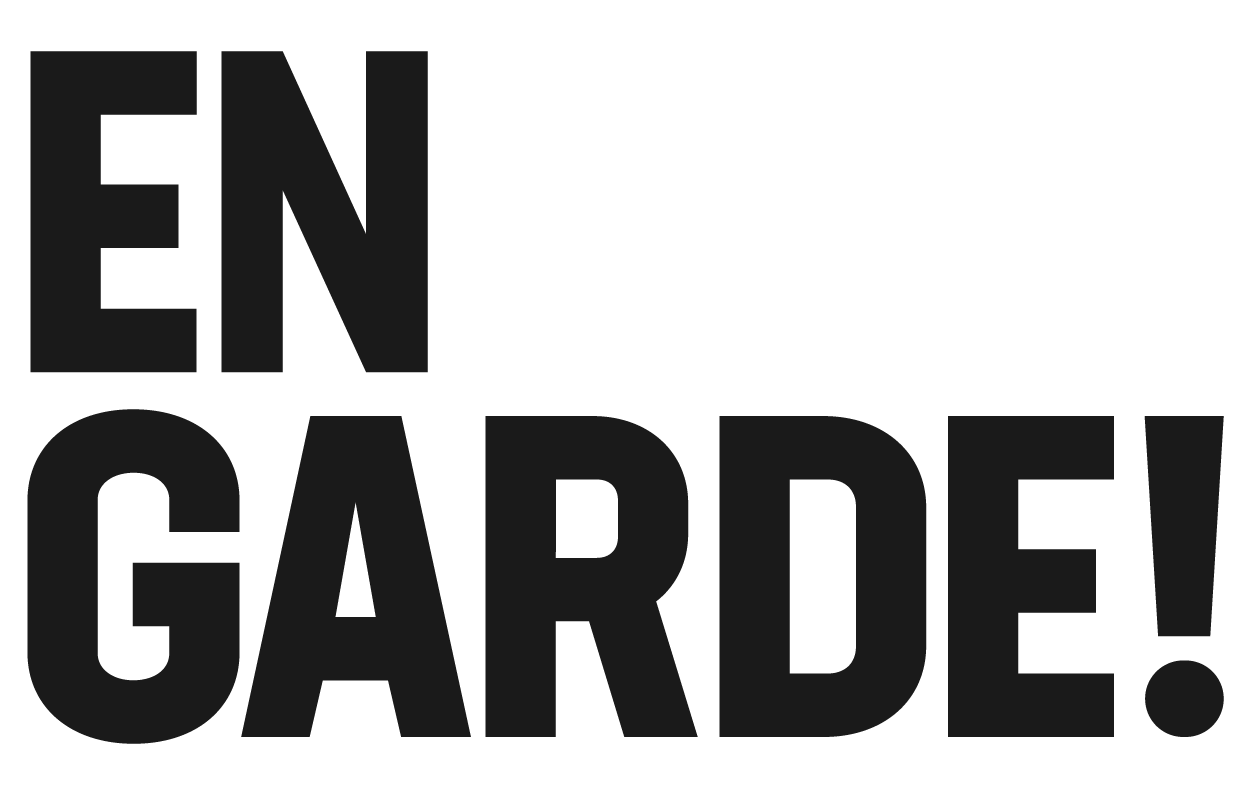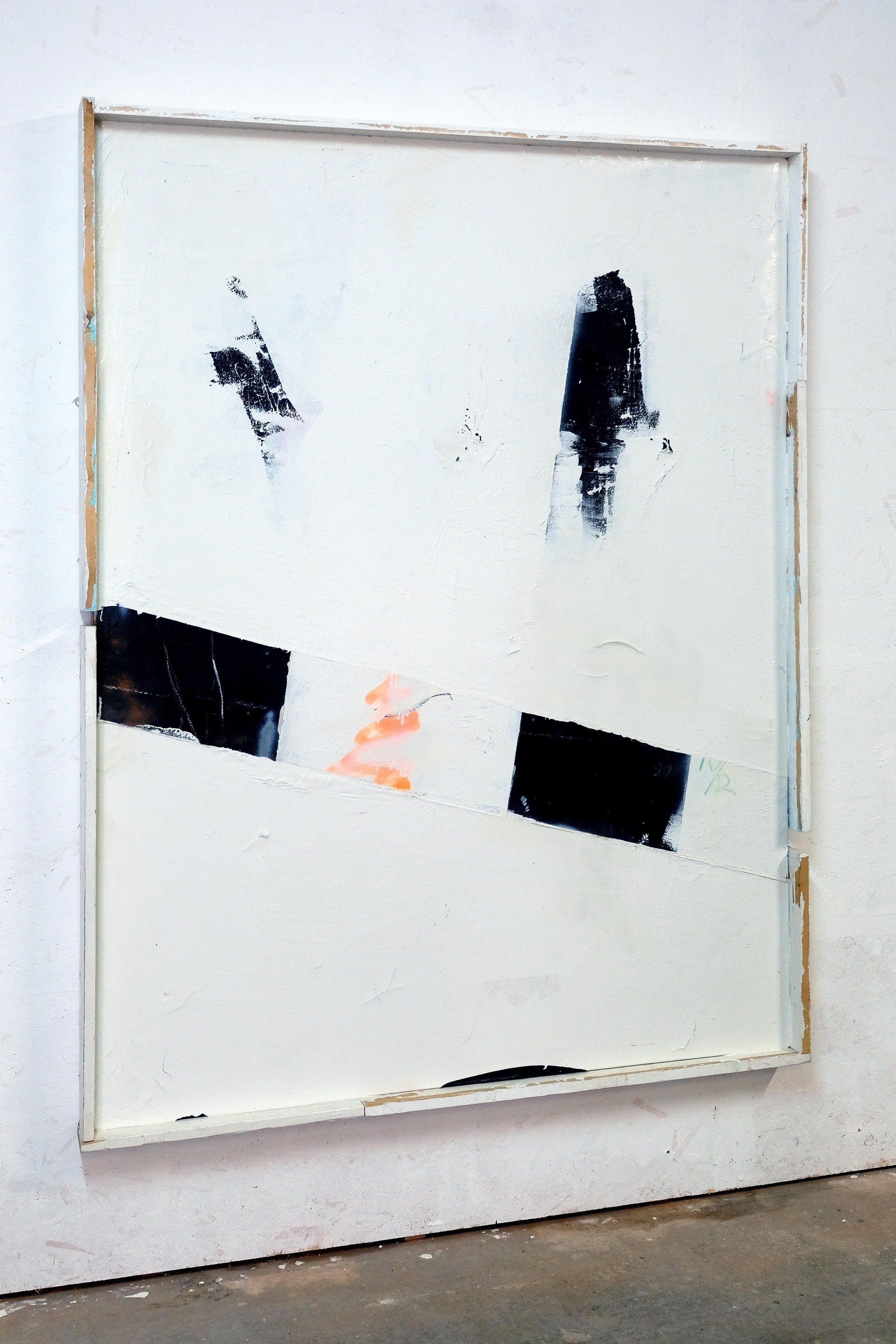The cultivation of white noise
The first group of artists we came across can be described as The distorters. These three fine artists, Yvonne de Geazia, Ayrton Eblé and Patrick Ceysens, deliberately distort their images or use already distorted images in order to find a solution to the above mentioned question of how to take back control of images or to make images less contingent. These image makers hide, deform or disturb their source material or are looking for defaults. Because within the distortion is encapsulated an invitation. Let us explain.
Some artists carefully cultivate a white noise by making the image blurry, creating thus a distance between the viewer and the image in order to precisely catch the attention of the viewer or on the contrary creating an aloofness between the spectator and the object of reverence. This is merely a technique. The highlighting of noise has its precursors. The altarpiece was closed, the edges of the fresco were blurry, parts of the painting were put in darkness and shade, components of the sculpture were deliberately unfinished. The nude image so to say was rendered less naked to ward off the harshness of the gaze. These are strategies that paradoxically invite the spectator to look further, to go beneath the surface or beyond the image itself to enforce the qualities of the image.
We as curators have a weak spot for artists that look for the past and to consult historical artists for. Or in other words to catch up with the present by looking to the past. These three artists studied their predecessors in order to engage the viewer in new ways of looking. Or at least that is what they or we hope for.
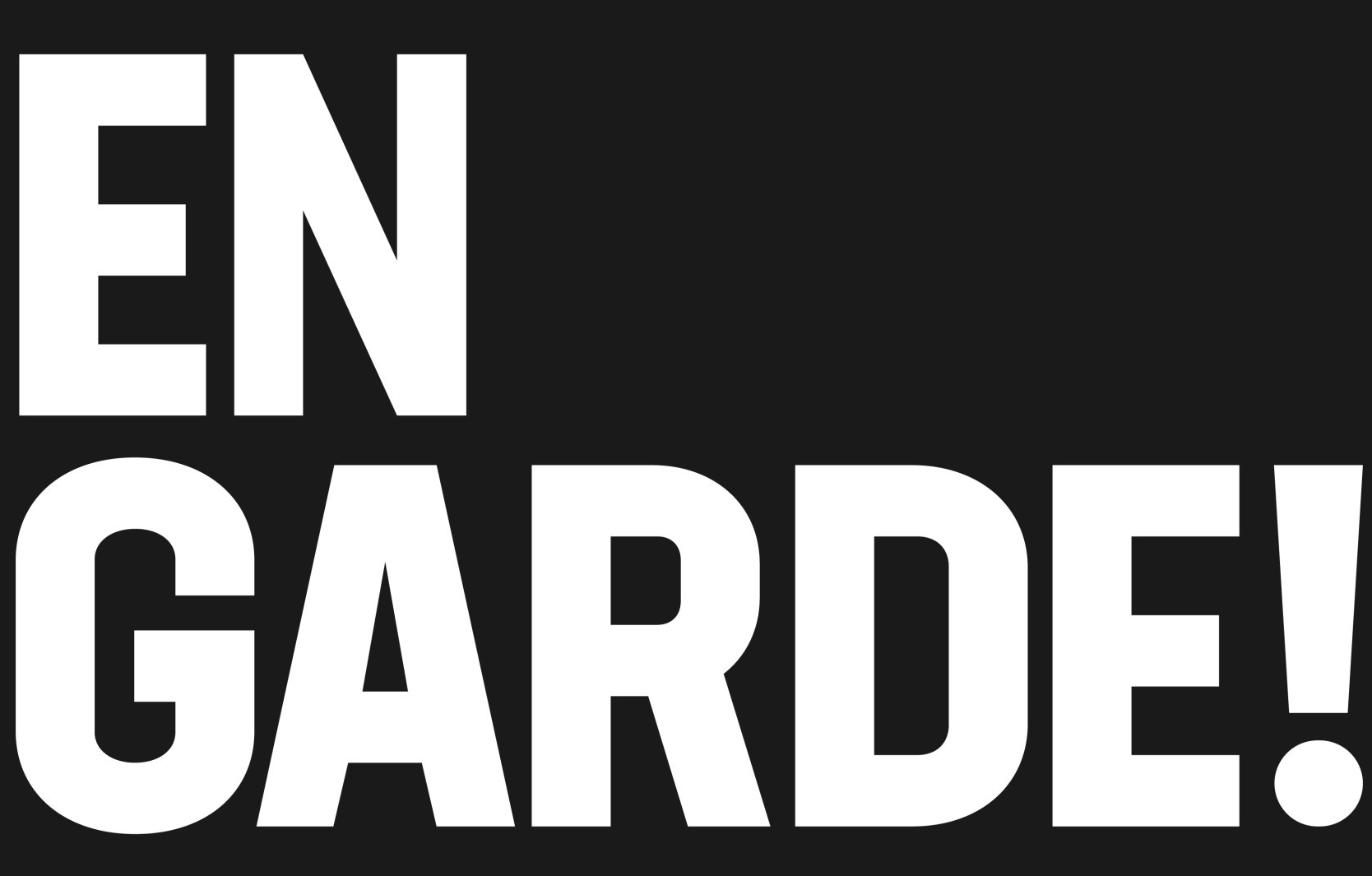
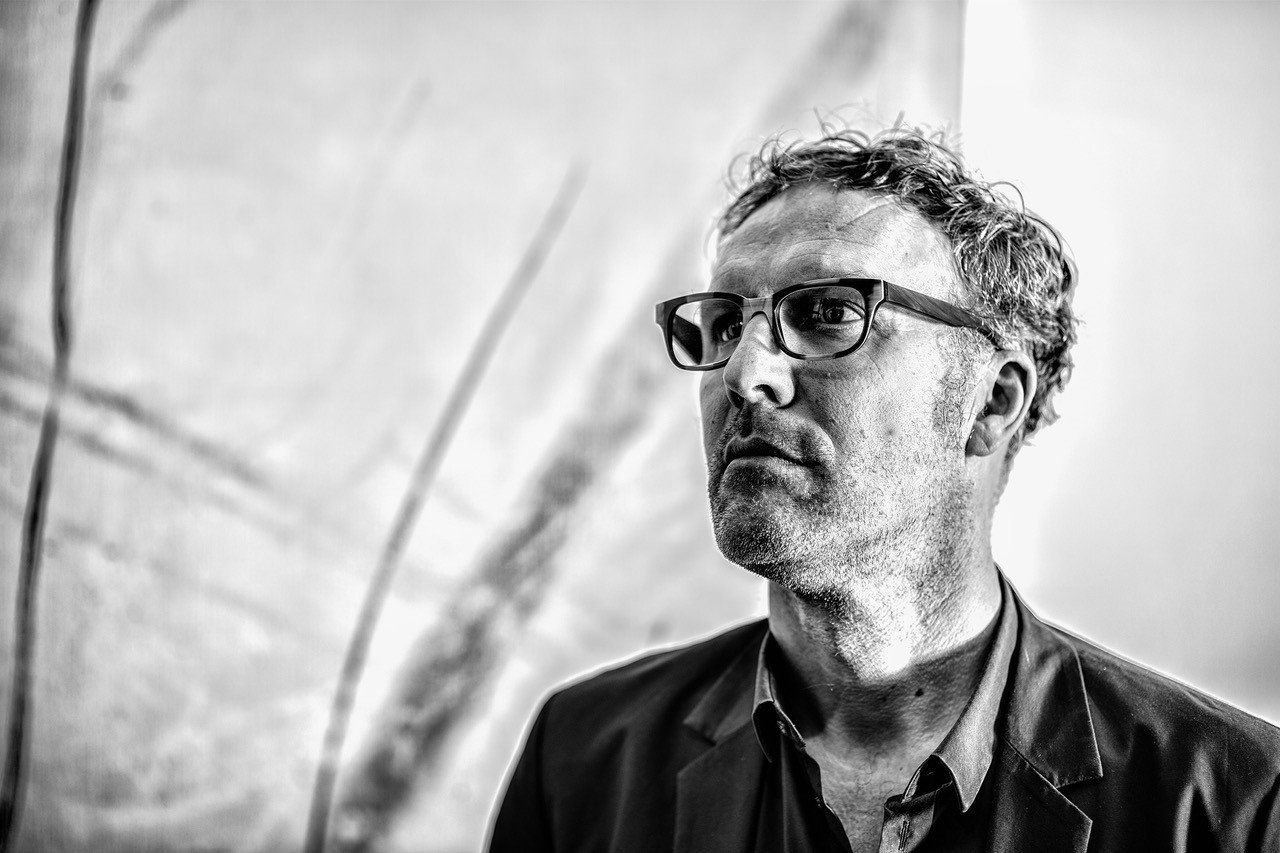
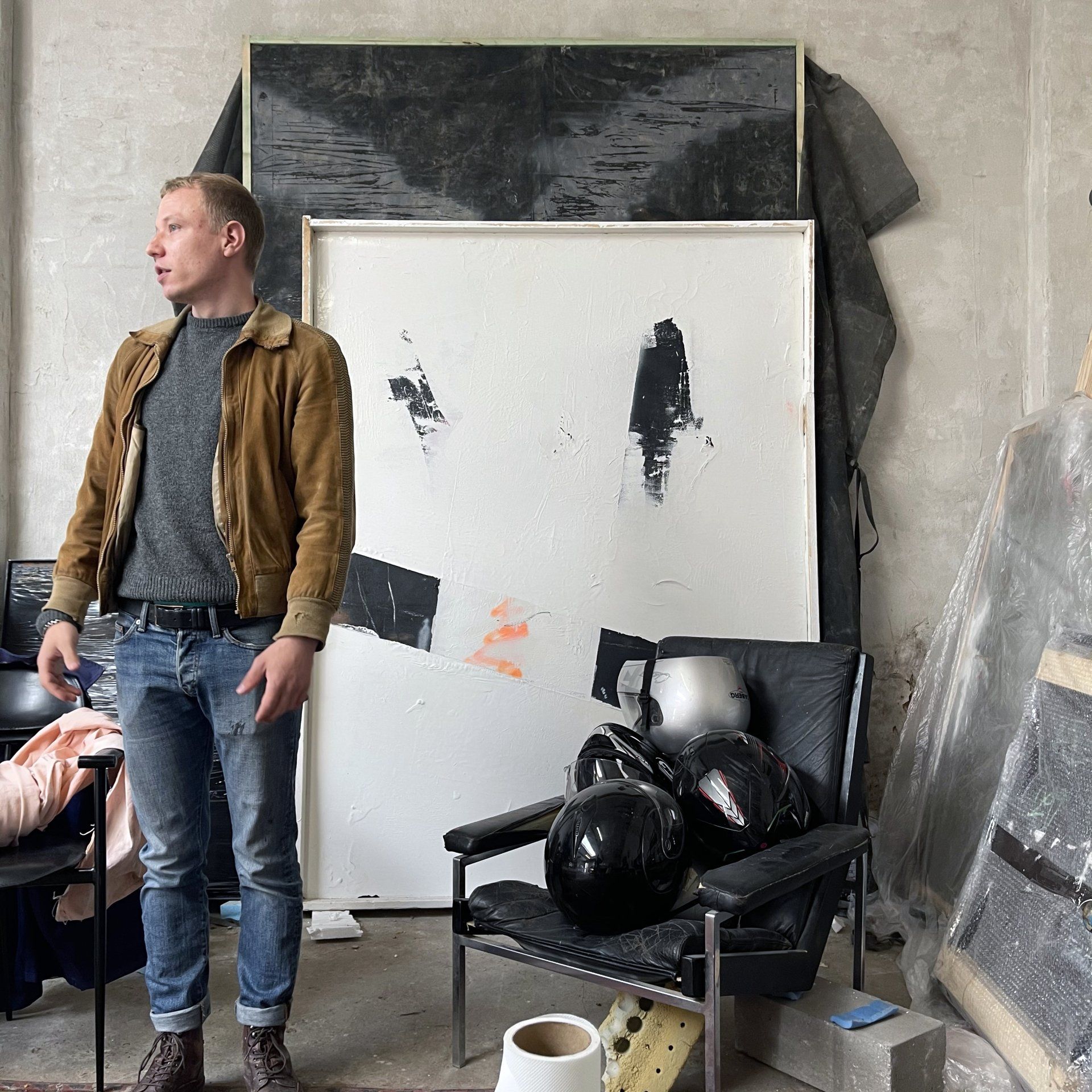
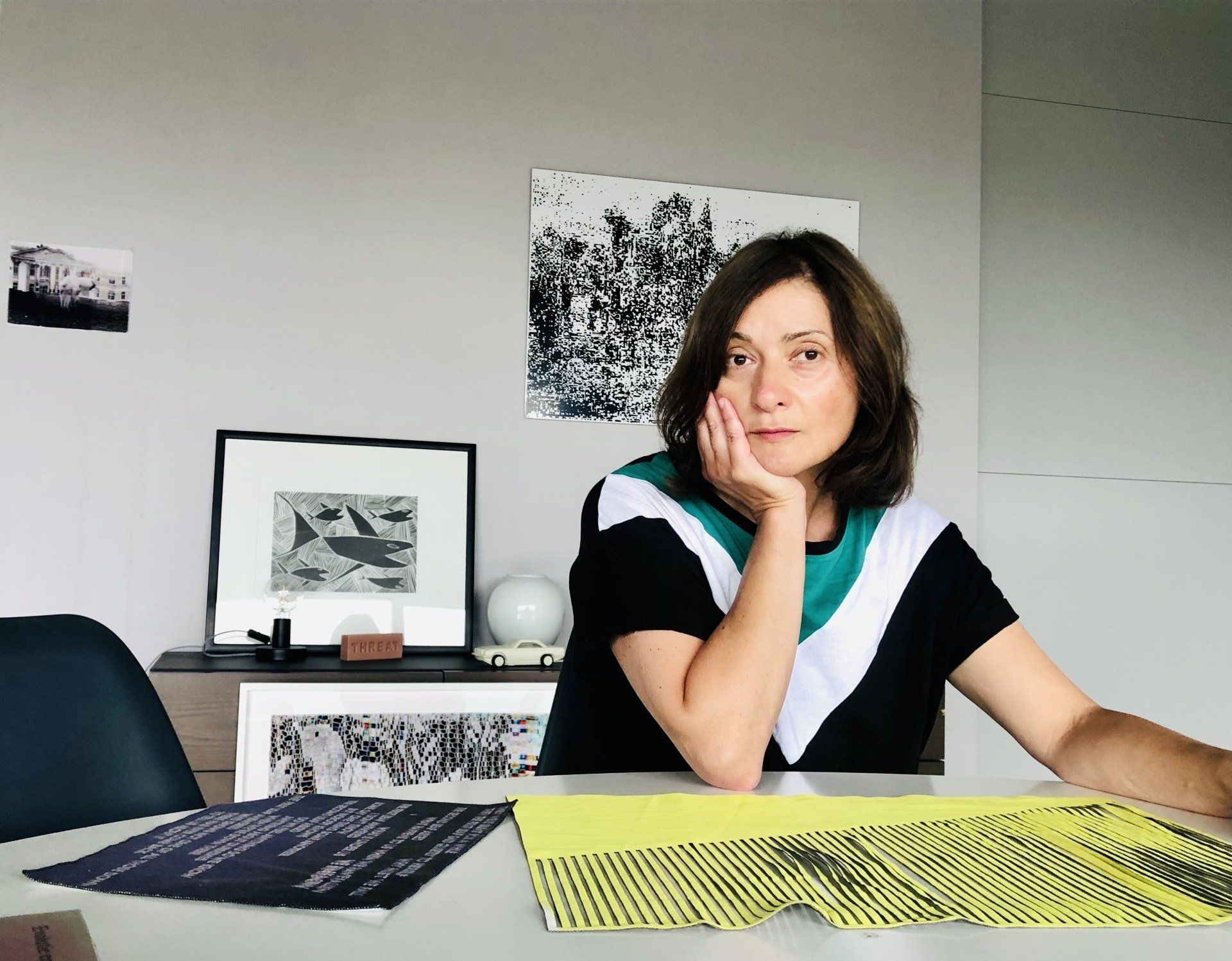
We will get back to you as soon as possible.
Please try again later.
